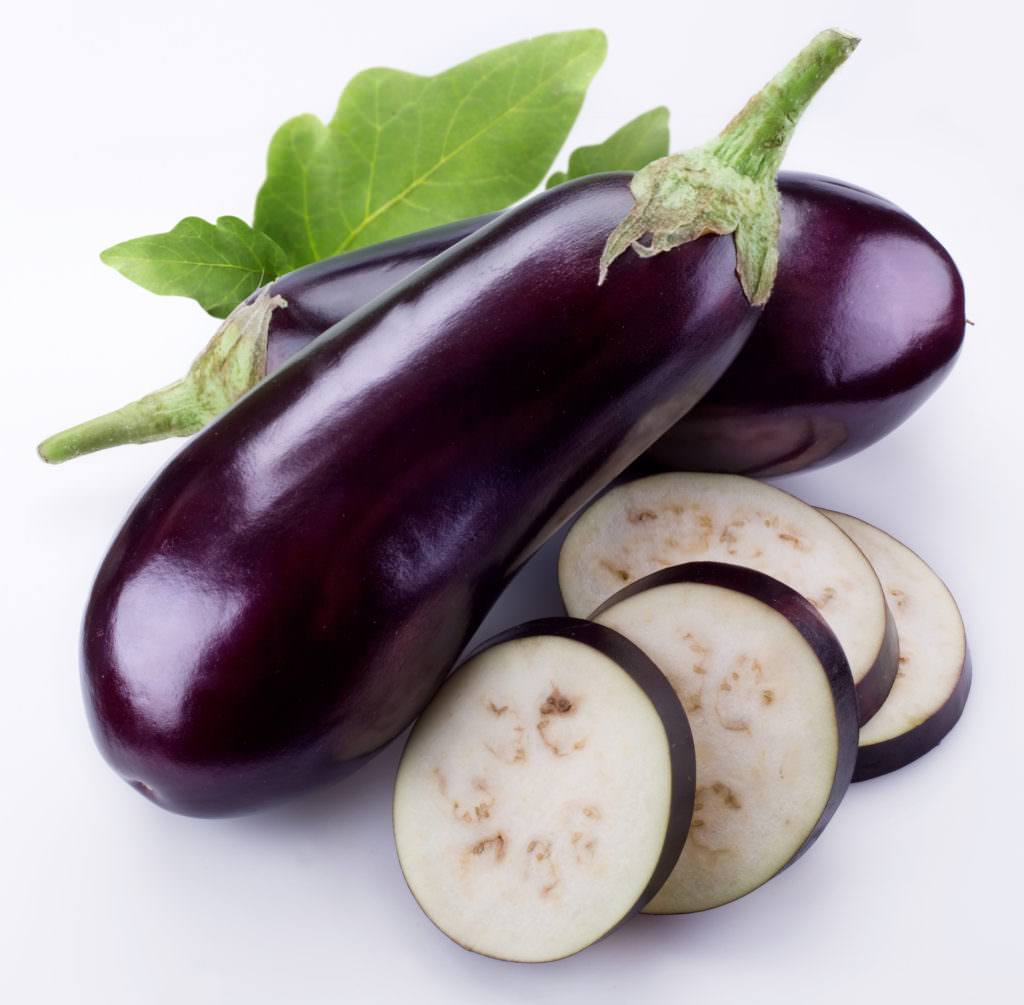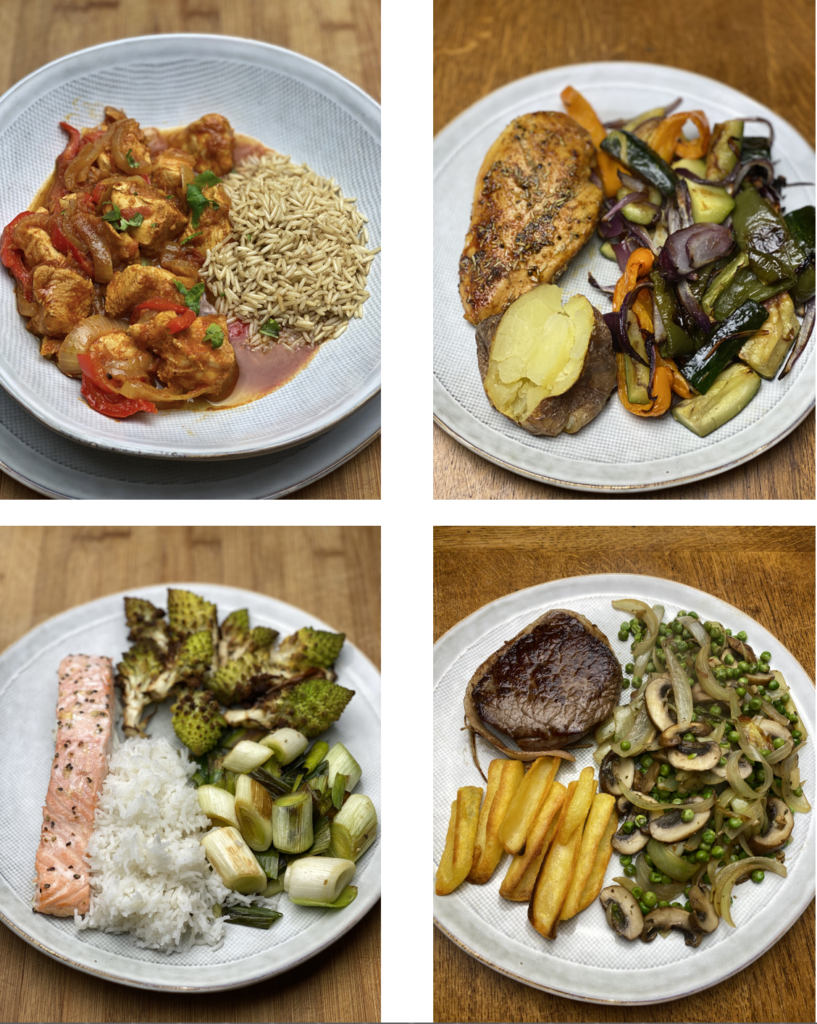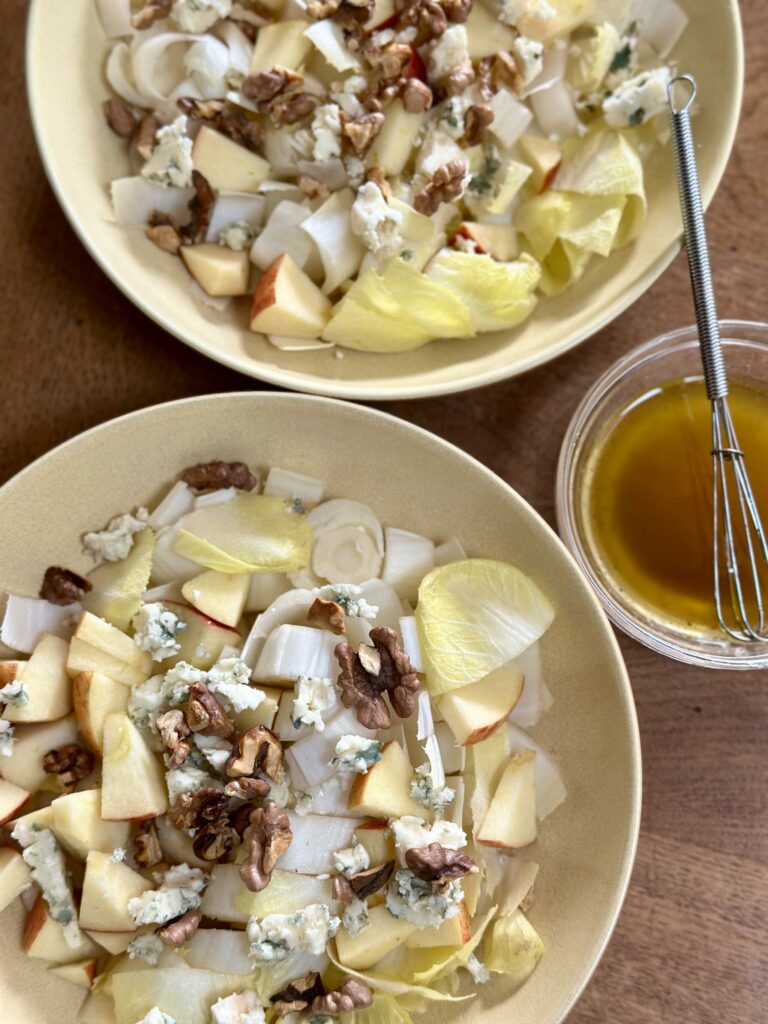
A classic Mediterranean vegetable, the aubergine is related to peppers, potatoes and tomatoes as part of the “nightshade” family and comes in various shapes, sizes and colours.. The most common variety here in the UK is the pear shaped glossy deep purple aubergine, also known as “eggplant”.
Nutritionally, the vibrant purple colour is due to a group of antioxidants called Anthocyanins, which fight inflammation and scavenge free radicals. Very low in calories and fat, Aubergines are an excellent source of fibre, which helps to maintain a healthy digestive system and can potentially lower cholesterol. They are also a good source of B complex vitamins and minerals including iron, potassium, copper, magnesium and manganese.
To salt or not to salt?
Historically, Aubergines were salted to remove the bitterness but today’s varieties tend to be a little sweeter and therefore this step can be avoided.
To fry or not to fry?
Aubergines generally have to be cooked before they can be used to prepare a dish and traditionally, they were fried to create a tastier and richer dish. However, their sponge like consistency means they can absorb a huge amount of oil and therefore frying for me is not an option! Instead, I prefer to roast, grill or gently pan-fry the aubergine in chunks or thick discs which have been tossed in a little oil, until they are soft and golden but not laden with oil.
Buying
When buying, choose healthy looking Aubergines, which should be bright, firm and heavy with a taut skin that gives slightly when pressed. Avoid any with scars or damaged skin
Recipe and Serving Suggestions
Aubergine is so versatile and delicious can be used in stews, dips and salads
· Add roasted cubes of aubergine to your next curry or stir fry
· Try this Aubergine and Chickpea Moussaka for a satisfying midweek, meat free (Vegan too) supper
· Keep this Aubergine and Tahini Dip in the fridge for a healthy snack with vegetable crudités
Nutritional Nugget:
For some with a sensitivity to nightshade plants, digesting these vegetables fully can be difficult. Symptoms can range from diarrhoea, gas, bloating, nausea, painful joints, headaches and depression. If you suspect a sensitivity, elimination either totally or simply reducing these foods is the best option to minimise symptoms. Peeling potatoes, avoiding green tomatoes and green and/or sprouting potatoes and cooking nightshade vegetables rather than eating them raw will all help.








0 Comments